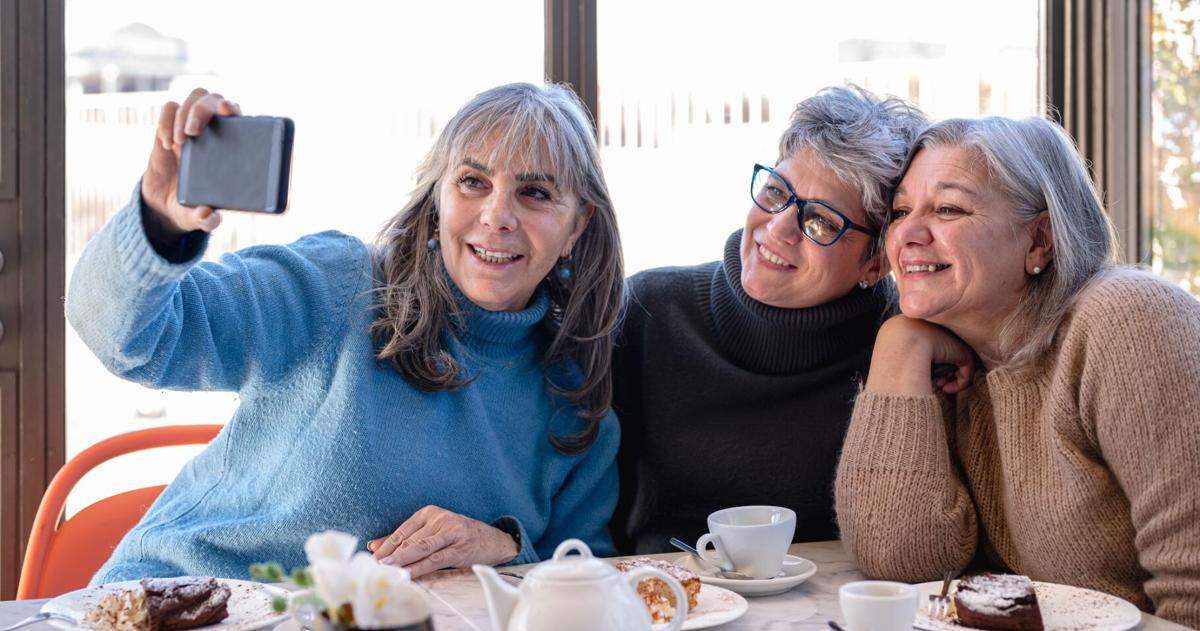
The United States’ population is aging. The number of Americans 65 and older is expected to climb from 58 million in 2022 to 82 million by 2050, a 47% increase. Even though Utah is considered the youngest state in the country, its population is also aging.
The Utah State University Utah Women & Leadership Project (UWLP) recently published a research snapshot, “Women and Aging: What Utahns Need to Know.” The snapshot examines the consequences of an aging population on the economy, healthcare, individual financial stability, and social support systems such as Social Security and Medicare.
“Challenges for older Utah women and women across the country persist and are likely to increase as the population of aging women grows,” said Kolene Anderson, UWLP associate director. “It is important that Utah’s seniors can thrive in their later years and feel supported by the community and in policy decisions that will impact their quality of life.”
Five key factors affecting older women in Utah include:
Caregiving: Caregiving is the critical economic issue affecting both healthcare and family finances. Nationally, unpaid caregiving provided by families is estimated at $600 billion and is expected to grow. In Utah, nearly two-thirds of caregivers are women caring for their parents and grandparents. More than four in 10 caregivers report increased stress, and nearly one-quarter delay their own healthcare due to caregiving. Caregivers often reduce their work hours or quit altogether to provide care.
Affordable Housing: In Utah, low-income Utahns will lose more than 40% of federally subsidized rental units for seniors in the next 25 years. Nearly half of Utah women over 65 are on their own, and some require assisted living. The maximum income limit for Medicaid eligibility in Utah is $1,640 per month, yet the current monthly median cost of assisted living is $4,275.
Healthcare Access in Rural and Frontier Areas: Some 80% of women 18 and older live in Utah’s urban counties, while 20% live in rural and frontier counties. Rural communities face challenges such as recruiting doctors and specialists, the proximity of services, a lack of primary care physicians to meet local needs, and a lack of home health and hospice care. Currently, 24 of Utah’s 29 counties have a shortage of primary care physicians.
Mental Health and Dementia: Utah has a consistently higher rate of self-reported lifetime depression than the U.S. rate – 26.1% compared to 21.4% in 2022, though older adults are less likely to report feelings of depression. Utah also has a higher-than-average incidence of Alzheimer’s disease and related dementia. In Utah, dementia is the fourth leading cause of death, and Alzheimer’s disease is expected to increase by 23.5%.
Gender Pay Gap: Utah has one of the largest wage gaps for women, earning only 72% of a man’s earnings. This gap leaves older women less prepared for retirement and costs related to long-term care.
“Caregiving is one of the most significant challenges facing Utah’s older women,” Anderson said. “Often an older woman provides care for an aging parent while navigating her own medical issues.”
Affordable housing for seniors continues to be unresolved in the state.
“Utah needs cities and developers to work together to increase affordable senior housing,” she said. “Communities through the state can also loosen restrictions on Accessory Dwelling Units, which allows families to build additional units on their existing property to house an aging relative.”
Anderson said more state funding is necessary to address health disparities, including incentives for physicians to practice in rural areas.
Amanda Lambert, an advanced aging life care specialist, master guardian, and certified care manager, co-authored the report with Anderson.
Click here to read the full report. For more information, visit the UWLP website at utwomen.org. A Bolder Way Forward includes an Impact Team focused on women 50+ and thriving. Learn more here.

